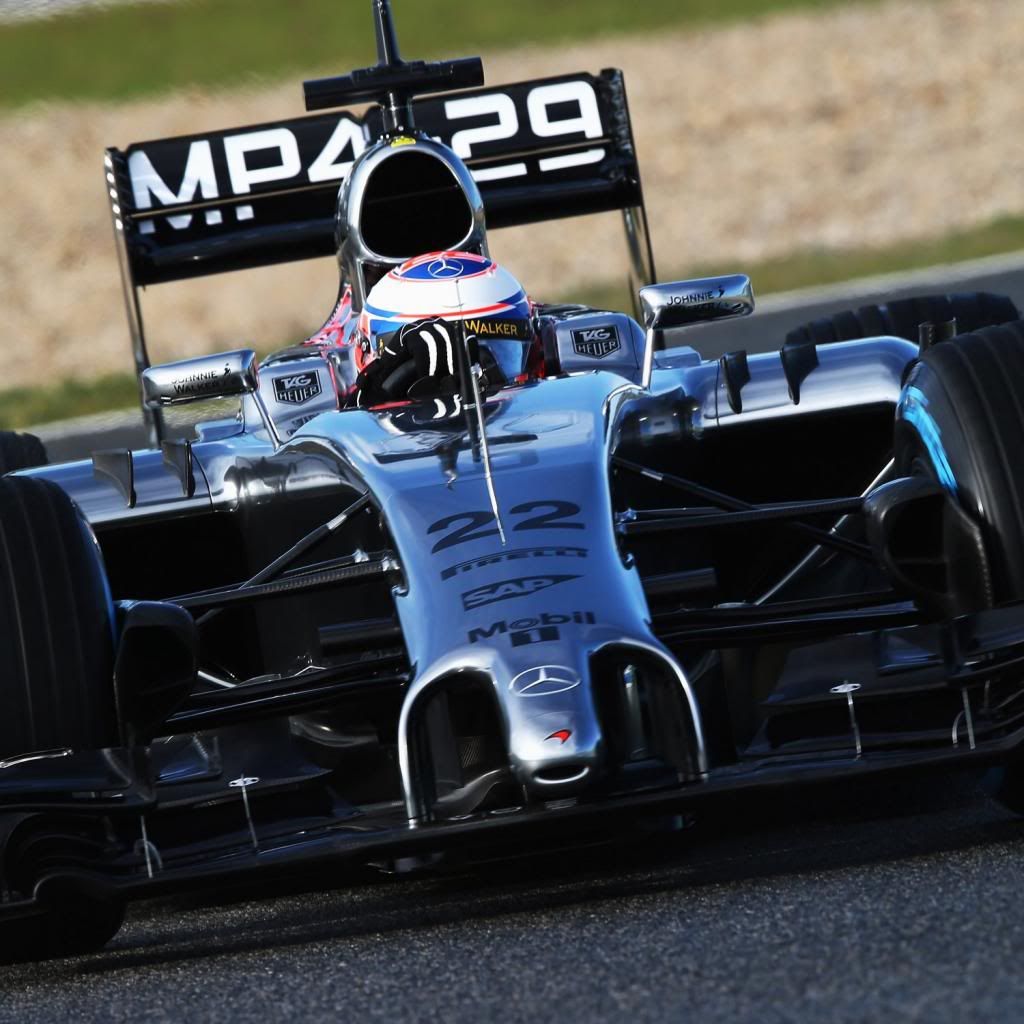komninosm wrote:Ciro Pabón wrote:...
How do the videos you post prove anything? Did they use the mechanism we are discussing in this thread? Weird logic you got there buddy...
Well, maybe I should have explained better.
I was trying to prove that what some people call unfair that is (I quote):
- "
to be in the lead and loose it on the last lap due to a driver having a capability you dont have" and
- "
having two drivers fighting for the win on the last lap will make the trailing driver win it with a passing manouver on the last lap, last straight"
was not only relatively common in times of yore, but a fact of life when full downforce wasn't yet the norm and everybody and his dog slipstreamed.
Take in account that I've been watching F1 races for a looong time. In fact, so long that when downforce appeared I'd been following F1 for over 10 years. Since then, overtaking and last lap wins took a dive, but I was already well out of school and into college, so I still miss those days.
I'm also used to kart racing, and I am a follower of Nascar since Richard Petty so... for me that's the norm: the guy behind has a slight advantage. The only exceptions to that norm are modern (relatively!) European open wheelers.
However, if you feel I'm wrong about that, please, tell me
why, by all means.
This is also the reason (I think) for blocking maneuvers being authorized (within reason) in most motorsport categories with less downforce.
I was also trying to prove that this condition is not only fair but fun for drivers and fans.
However, if you think that fairness is to give a strong advantage to the guy in front, as happened until 2008, be my guest. I'm here to learn, not to become illogic defending a particular position.
So, why is it fair to make hard to overtake? I'm all ears (sincerely, without a hint of sarcasm).


